Forget the negative stereotypes you’ve heard and the never-ending associations with war – Pristina is arguably one of the safest capitals in Europe and an excellent base for exploring the rest of Kosovo, making it an optimal choice for your next unconventional getaway.
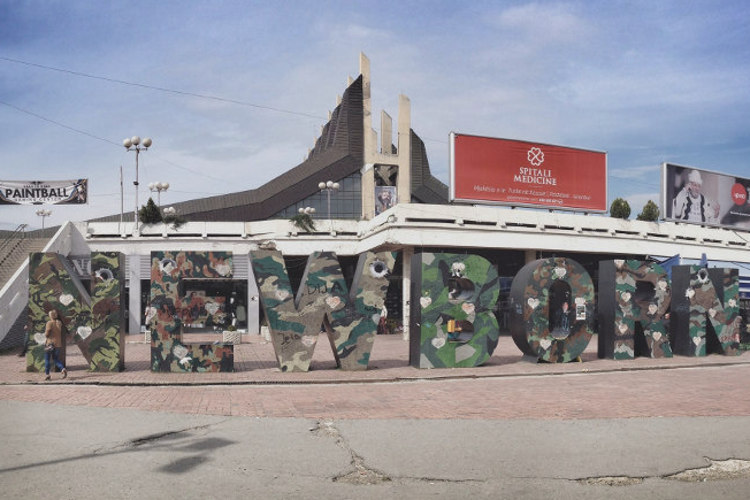
You won’t be overwhelmed with sightseeing choices in Pristina, which is not so bad because it affords much more time to sit back and enjoy the energetic vibe of Europe’s youngest capital – perhaps its greatest draw. Have a stroll along Nena Tereza Boulevard, the main pedestrian drag, to get a sense of the pace of life before making your way to one of the city’s numerous cafes.
Coffee is a great source of pride here, and with that comes a thriving cafe culture worthy of its own in-depth exploration – especially for those who enjoy a good macchiato, as Pristina has ‘the best in the world’ (just ask any local). After having a taste, coffee lovers might find it pretty difficult to disagree. A few favourite spots to get your fix in and around the centre are Dit’ e Nat’, Half & Half , Che Bar and Prince Coffee House .
Once fully caffeinated and ready to take in some culture, wander over to Old Pristina for a look at the historical side of the city. Home to the old Clock Tower, the recently renovated Kosovo Museum, and Ethnographic Museum (which has some wonderful exhibits on life in Kosovo between the 15th and the 20th century on display in a restored Ottoman-era townhouse), it’s also where you can see some of the city’s oldest mosques and shop in its bazaar.
Of course, there are also Pristina’s offbeat attractions. Keep an eye out while getting into town from the airport or bus/train station, to catch the first glimpse of kitsch Americana in the form of the replica Lady Liberty perched atop Hotel Victory and a 3m-tall bronze statue of Bill Clinton waving at passers-by from the corner of Bill Clinton Boulevard and Robert Doll Street. Also sure to grab attention are the iconic National Library with its imposing brutalist design and the symbolic ‘Newborn’ monument affronting the cosmically communist Palace of Youth and Sports.
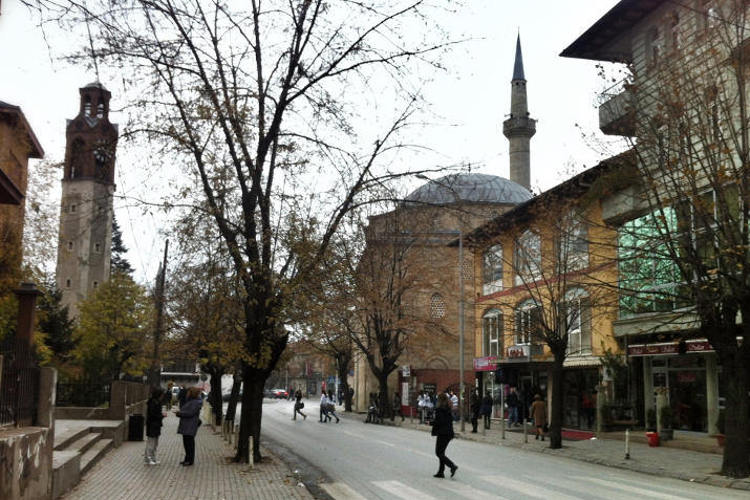
The traditional cuisine in Kosovo is a mix of Albanian,Turkish and typical Balkan, which you won’t be at a loss to find in Pristina. Tave (stews), grilled meats, suxhuk (spicy sausage), sarma (stuffed cabbage rolls) and fresh cheeses are some menu staples. A few solid spots for sampling it all are Pishat, Tiffany, or the more atmospheric Liburnia located in the oldest part of town. Miqt Taverna , tucked away in a nook off Nena Tereza Boulevard, offers a more simplified menu served with a modish twist.
For a surprisingly non-pretentious dining experience fit for local celebrities, high-ranking politicians and foodies in the know, make the €2 to €3 cab ride from the centre to Image in the quiet neighbourhood of Bregu i Diellit (Sunny Hill). Owned and operated by legendary chef Lali, this local favourite boasts some creative international cuisine and the best steak in town. Also away from the centre (just behind the bus station) is Te Halimi , a garlic-lovers dream, where it would be a sin to leave without trying the house-specialty chicken (pulë specialitet i shtepise).
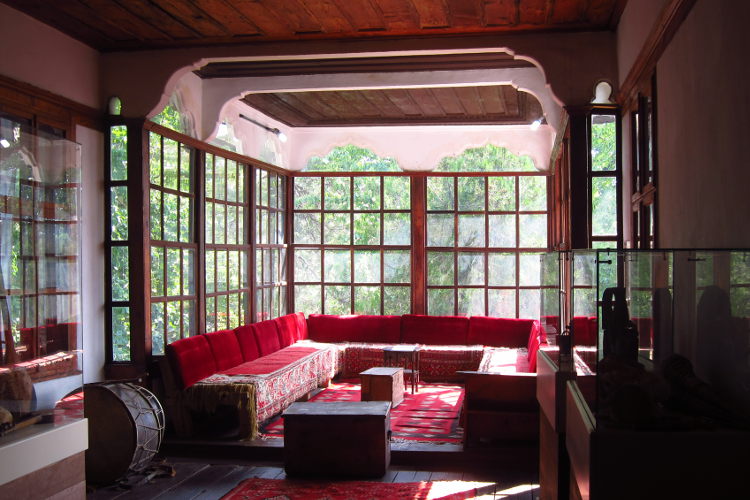
Pristina is without a doubt a dark horse on the European party scene, with something going on nearly every day of the week. Start the night like a local with some beer and raki in one of the city’s many tavernas (essentially a bar/restaurant, heavy on the bar). Ibra and Ner’Re are good places to warm up before increasing the tempo and making your way to the bars and clubs somewhere around midnight.
Zanzi Jazz Bar is a worn classic frequented by both locals and expats, with live music on the weekends and lots of dancing. If something a little more sophisticated tickles your fancy, head over to Hamam Jazz Bar for some sensual sounds and a look at its outstanding interior, which earned the 2013 WIN Award as one of the best bar designs in the world. For drinks with a view, 13 Rooftop at the top of Grand Hotel Prishtina is the most convenient choice, but Priview Bar , a bit away from the centre, has a sexier atmosphere and more hip crowd.
While most venues close between 2am and 3am, a couple of good options for those looking to party until the sun comes up are electro club MHz and Zone Club , which plays a mix of everything depending on the DJ, and has separate summer and winter locations.
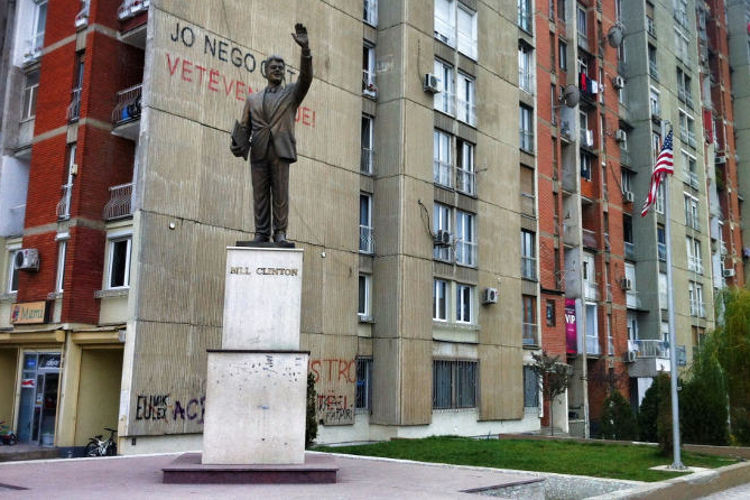
Pristina’s hotels have been catering to business travellers and foreign officials over tourists for years, and ‘hostels’ are a relatively new concept; nevertheless, accommodation options are growing or at least improving. The Swiss Diamond Hotel is by far the swankiest spot in the city to lay your head, while Hotel Gracanica, a new boutique and eco-friendly design hotel just on the outskirts, is a peaceful retreat from the buzzing centre.
Midrange options are pretty interchangeable, though Hotel Pristina and Golden Hotel are a couple that stand out. Best hostel beds in the city can be found at either Buffalo Backpackers or Hostel Han; the latter enjoys prime real estate just off Mother Teresa Square.
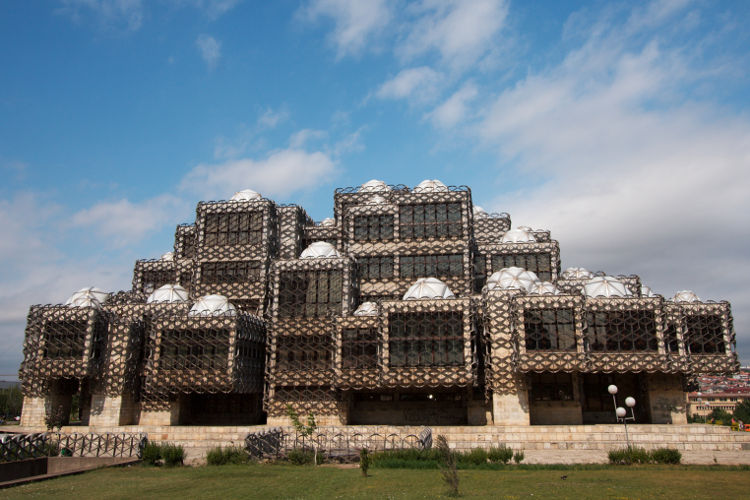
Think Pristina is all concrete and crazy architecture? Hop on the Number 4 bus out of the centre and soon you’ll reach Germia, the tourist-deplete 62-sq-km regional park where city residents escape for a picnic or wander along its hiking trails. The Unesco-listed Gračanica Monastery, some 8km away, is another easy outing; it has beautiful 14th-century frescoes. Not to be missed is the ancient Roman city of Ulpiana (from the 2nd century AD), also in the vicinity. Further afield is the Bear Sanctuary, where visitors can check out rescued brown bears in their natural habitat and enjoy the surrounding woodlands.
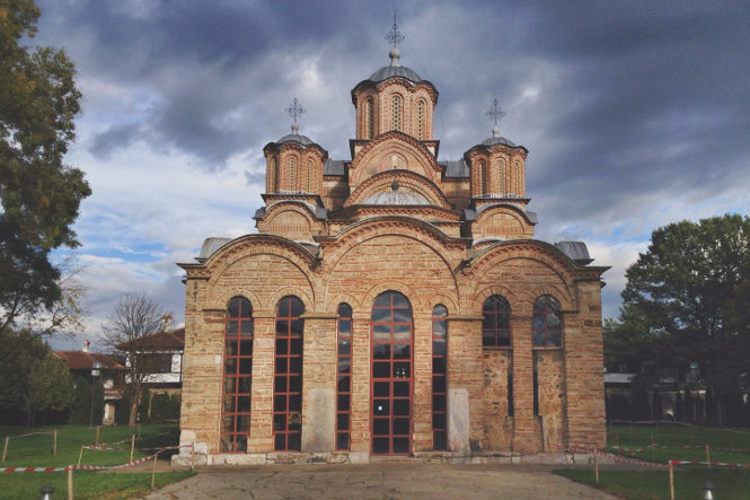
There are quite a few direct flights to Pristina from the rest of Europe, from budget to full-service. Alternatively, Skopje (Macedonia) is the closest Balkan capital, with frequent bus connections (two and a half hours; around €5). Note that, because Serbia doesn’t recognise Kosovo’s independence, you can only cross the border into Serbia from Kosovo if that’s the way in which you entered. Visas are not required for citizens of the EU, Australia, New Zealand, Canada and the USA.